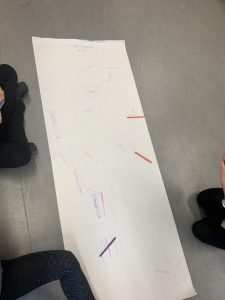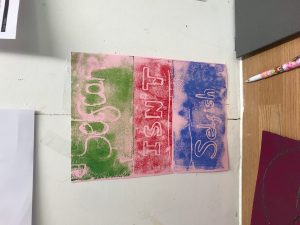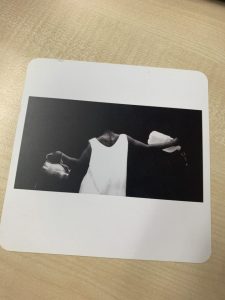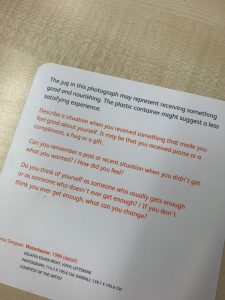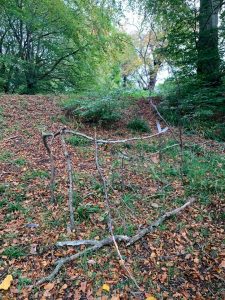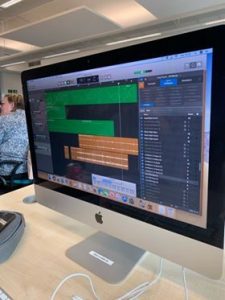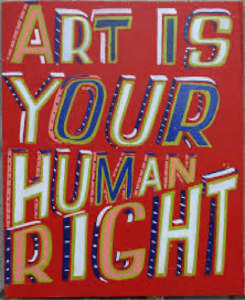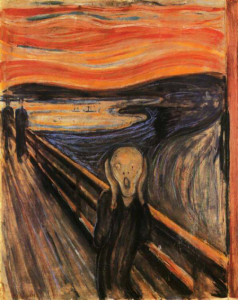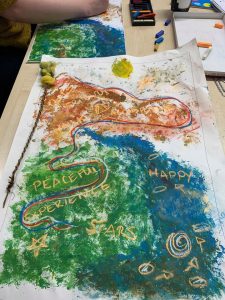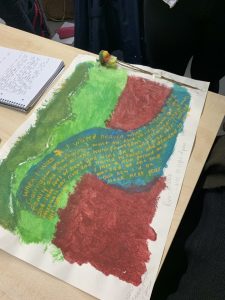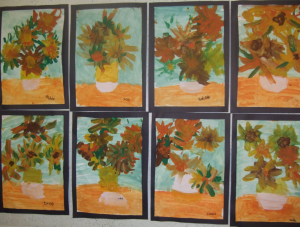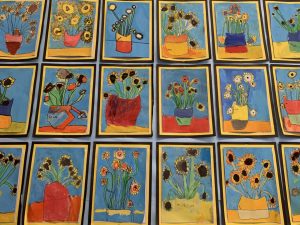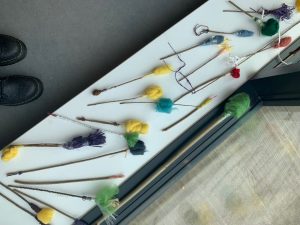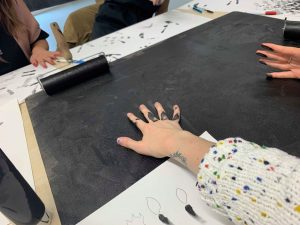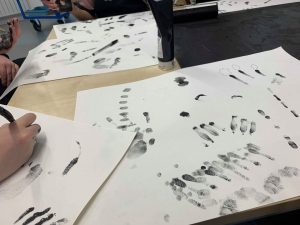Week 10 – Integrated Arts Blog
This week our inputs focused on creative partnerships and the using them to encourage learning for both the teacher and the child.
Creative partnerships are something that can tackle barriers or challenges when teaching an expressive arts programme. Barriers such as lack of parent involvement, a child’s behaviour or lack of knowledge and funding in the arts can cause creativity to not be involved in education. Theorists such as Walter Humes describes children’s behaviour and the negative judgement if a child demonstrates: “Flair and distinctiveness is seen as showing off, a form of self-indulgence which ought to be supressed.” (Walter Humes 2011). The role of the teacher is that you should always show the appreciation of a child’s creativity and expressing your ideas, always letting each voice be heard and promoting positive individuality and nurturing creativity. Creative partnerships can be staff, outside school organisations, visiting specialists and even parents.
When looking at expressive arts, if you feel unexperienced or a child in your class may show behaviours that can harness that behaviour and use it positively in expressive arts, giving that child and their parents information to school or community expressive art clubs can be a way to tackle this barrier as you are showing to the child you see their potential and encourage them to express it through extracurricular activities.
Using creative partnerships can also help children solve the barrier of not having parent involvement with creativity and giving them the motivation from home to realise their potential. When using creative partnerships, it can help children who face complex and multiple challenges and it gives them the opportunity to express their emotions in school, giving them a more rounded experience with social aspects and building a community with them and a positive teacher pupil relationship (CCE.org 2008). This lecture opened my eyes to the variety of opportunities for teachers to improve their expressive art training by getting help from other professionals to give your class the best opportunity of experience in expressive arts.
Our first input this week was music which incorporated creative partnerships as the lecturer gave us material we could use when teaching children with ASN and to help children read music and musical notations. Material we were given and discussed was an organisation called figurenotes.org which provides children support with stickers in colours and shapes to help play music and read notations such as rhythm, playing chords, progression and sharps and flats (figurenotes.org 2010). This was then highlighted with its support from a case study on the BBC that showed a 17-year-old boy Jamie improving in his piano lessons significantly with the help of colours and shapes from figure notes, it is conveyed by Pete sparks the artistic director that: “It’s designed to give people a feeling of success early on, and because it’s very simple at first, the chances of getting that success are high.” (Joanne Macaulay 2010). Organisations like this can give children who struggle with music or children with ASN the opportunity to succeed in the expressive arts and give them the confidence and motivation in different levels to work together in groups and get the support all children deserve.
Our second input was Dance which we continued the discussion on cone and following the child’s lead in movement and discussion. The teacher started our dance by showing us our part collectively we would be performing together but also gave us a part we would create in a group of 6 that highlighted some of the skills we learnt the previous week. As a teacher when teaching dance, you should provide an open-ended task, encouraged multiple responses and a structure for the dance. Throughout offered suggestions, demonstrate ideas but also listen to what the children offer so their creativity is not dismissed. It is important that the children express their individual identity and collectively cooperate to find a way to recognize everyone’s needs (Cone 2009). Giving us this freedom to create our own part of the dance promotes critical thinking, team work and time management. When teaching a dance, no matter the music, we all took it differently as each group parts were different. This experience confirms that we all take away our own meaning from a dance whether we are the choreographer, the dancer, or the audience.
Both inputs link as in any subject of expressive arts we should harness creative behaviour in children and let them express it freely in music and dance.
References
- Creativity Culture and Education. (2008). CREATIVE PARTNERSHIPS PROGRAMME Inspiring Teaching and Learning.Available: https://www.creativitycultureeducation.org/programme/creative-partnerships/.
- Figure Notes. (2010). What is Figurenotes?Available: https://www.figurenotes.org/what-is-figurenotes/.
- Humes, W. (2011, in press) Probing the limits of collaboration: professional identity and institutional power. In Forbes, J. & Watson, C. eds., The transformation of children’s services: examining and debating the complexities of inter-professional working (London, Routledge).
- Joanne Macaulay. (2010). Colours and shapes are helping people to read music.Available: http://news.bbc.co.uk/1/hi/scotland/8579853.stm.
- Theresa Purcell Cone (2009) Following Their Lead: Supporting Children’s Ideas for Creating Dances, Journal of Dance Education

